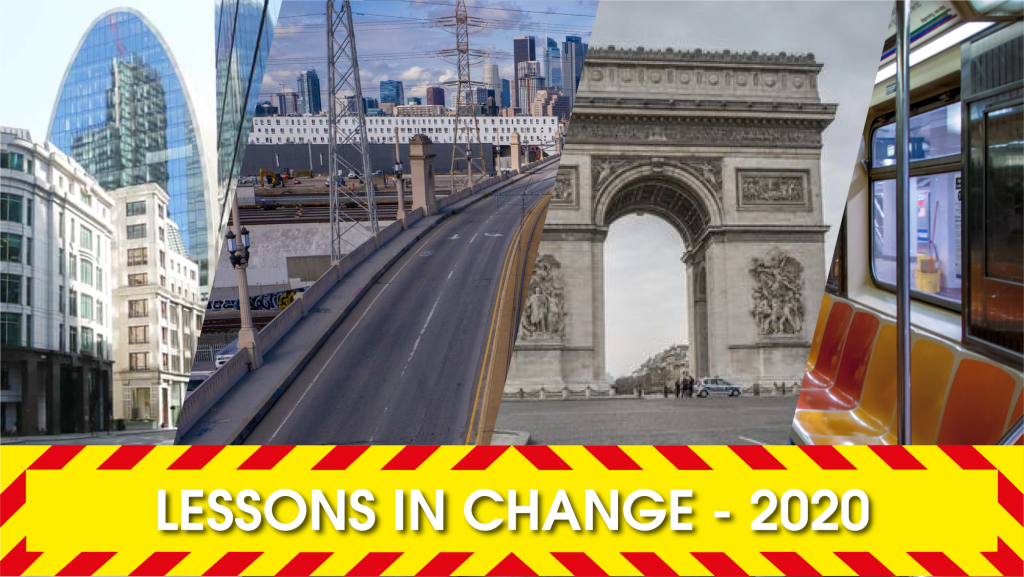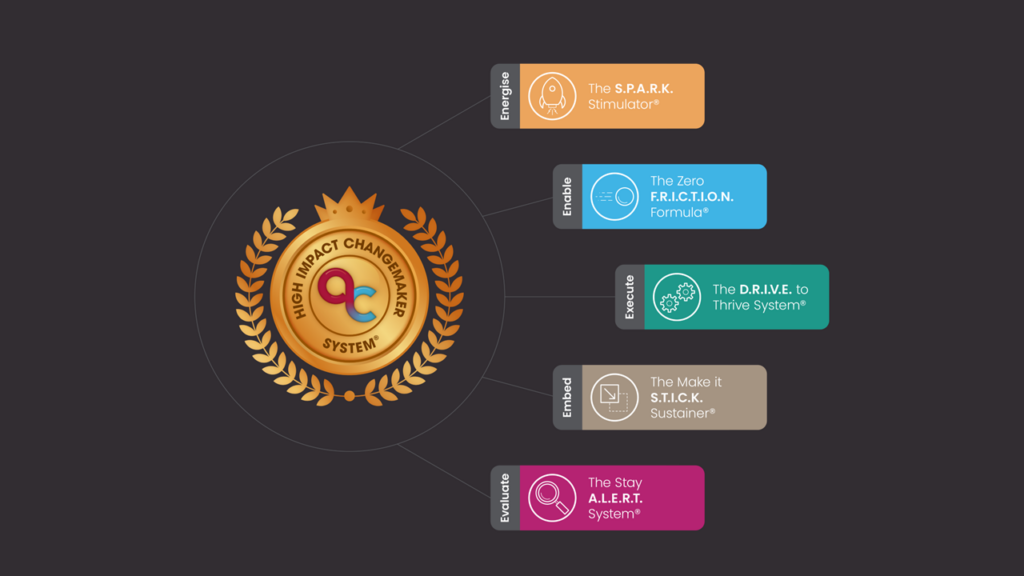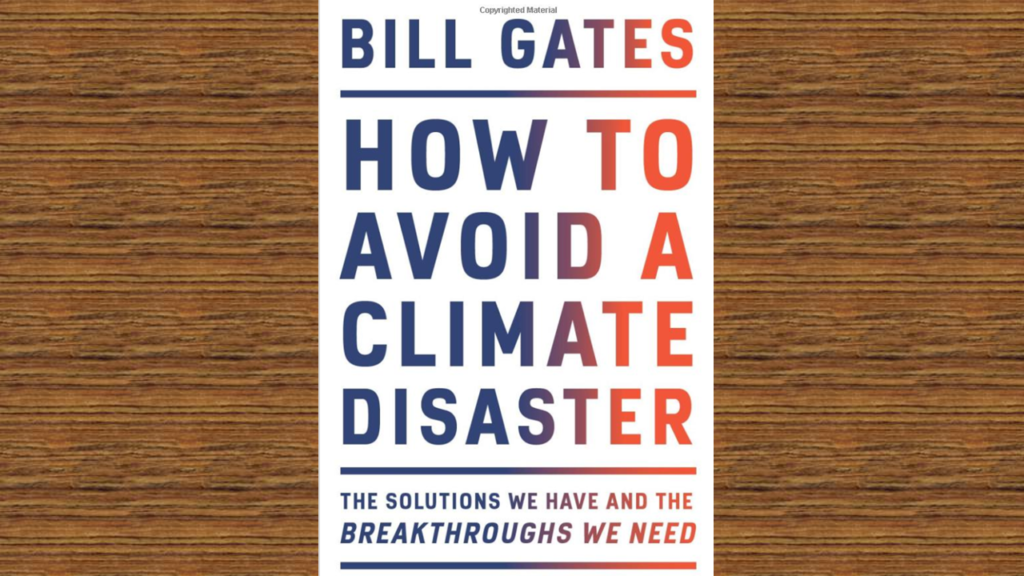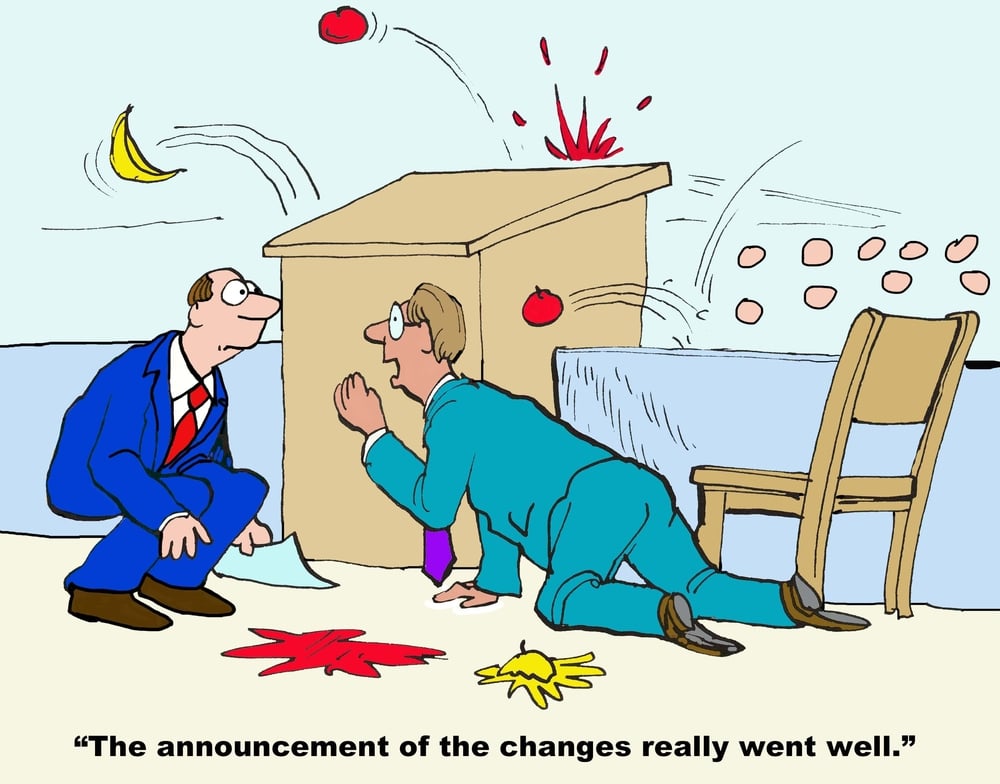How to run a company with almost no rules
By Applied Change
Share
Whilst it may seem radical to some at the moment, I think it’s likely that organisations which thrive in future may have a lot in common with what’s discussed here. Some of these themes are already in evidence, for example in the excellent TED interview with Reed Hastings of Netflix. I should urge caution though, it’s not for the faint-hearted!
Related content
Lessons in Change #1: Start with a reason that we believe in
The speed and magnitude of the change we’ve been through during the early part of 2020 is unprecedented in recent history. What can we learn from our response and the speed at which we all acted?
Become a High Impact Changemaker
Learn 5 key strategies to increase engagement and empowerment in your business transformation, leading to faster outcomes and with everyone fully onboard.
Bill Gates: How to Avoid a Climate Disaster
Covid-19 has taken our attention for the past 18 months, rightly so, and now we need to turn our attention back to our next existential challenge, our climate and reducing emissions. This excellent book gives us cause for optimism that many of the solutions we need are within our reach.
Our latest thoughts…
The body of human knowledge is expanding all the time. Learning, sharing and building on that knowledge is the energy that drives the human race forward as we reach for greater things. Alongside helping our…
How to Deal with a Resistant Team
You may have noticed that we can all be resistant to change at times. Here we take a deeper look at why we typically resist and what can be done to ease that resistance
Our Vision
To empower leaders to deliver positive change with confidence and empathy To be recognised globally as the premier platform for leaders who need to make changes in their business. We envision a world where leaders…





